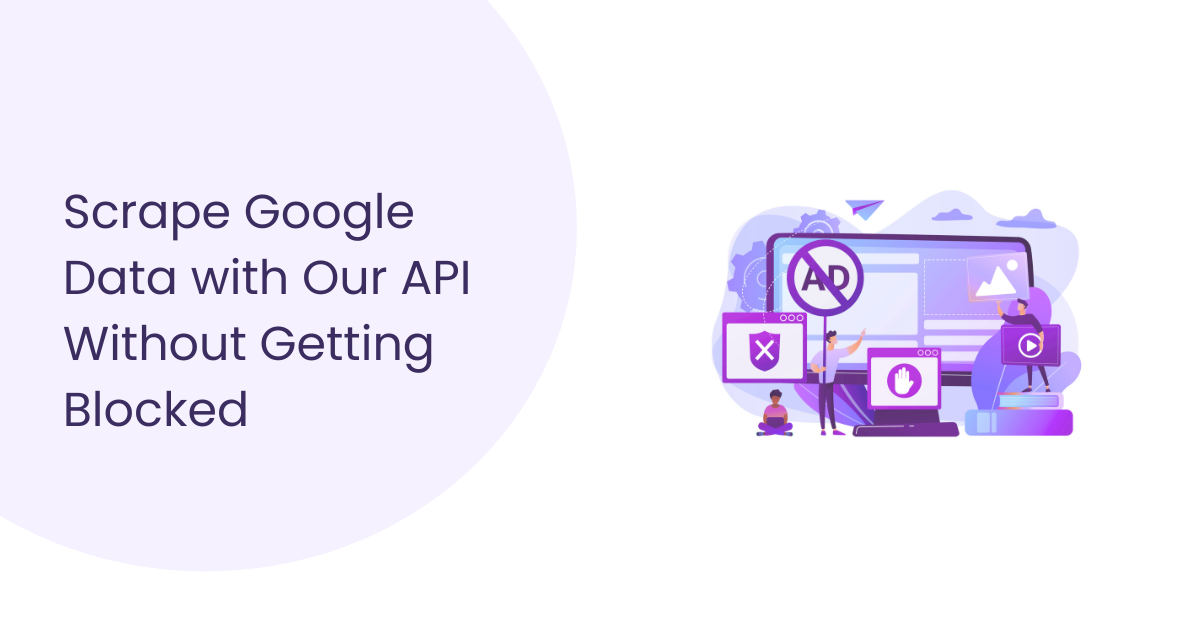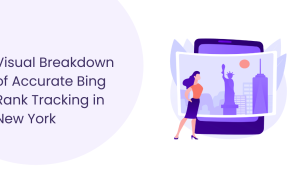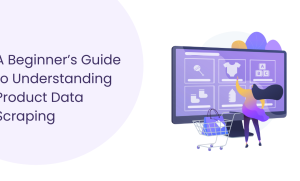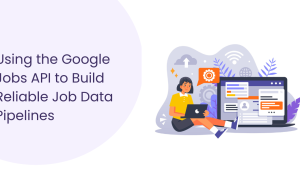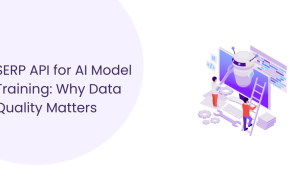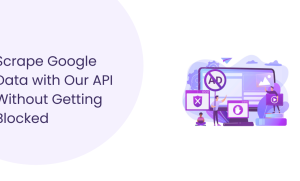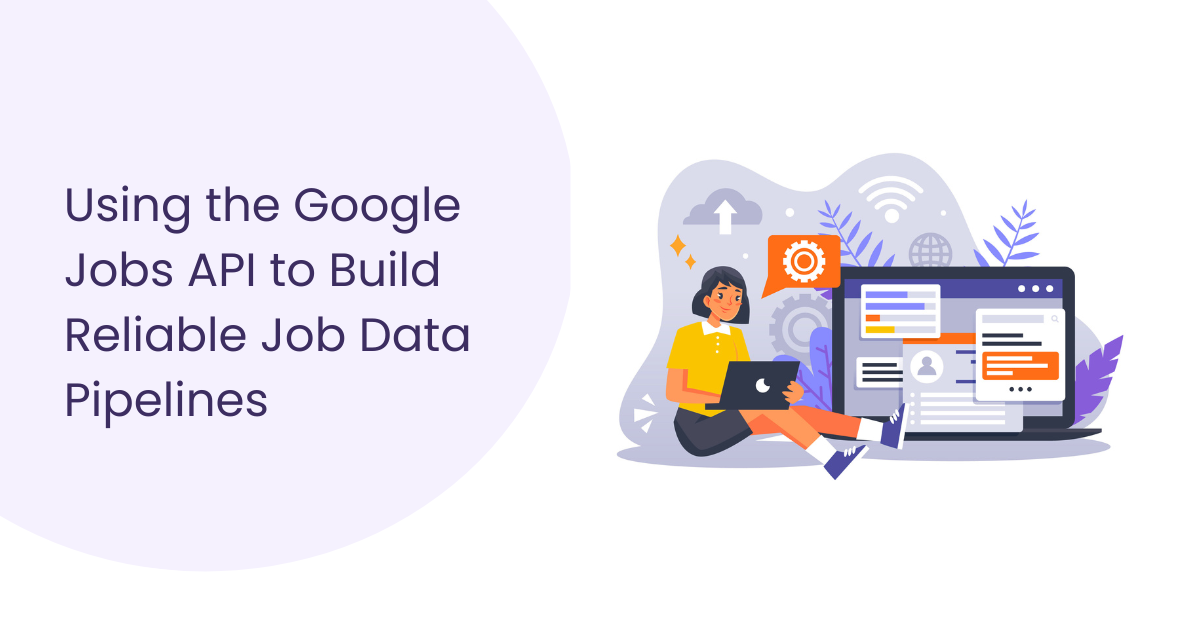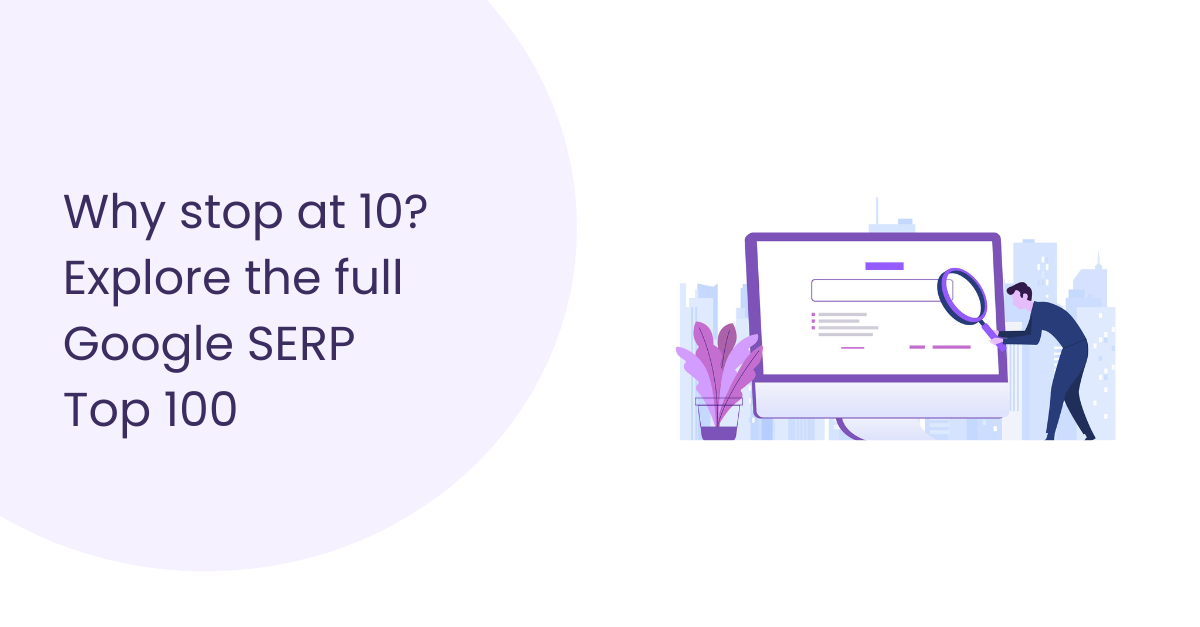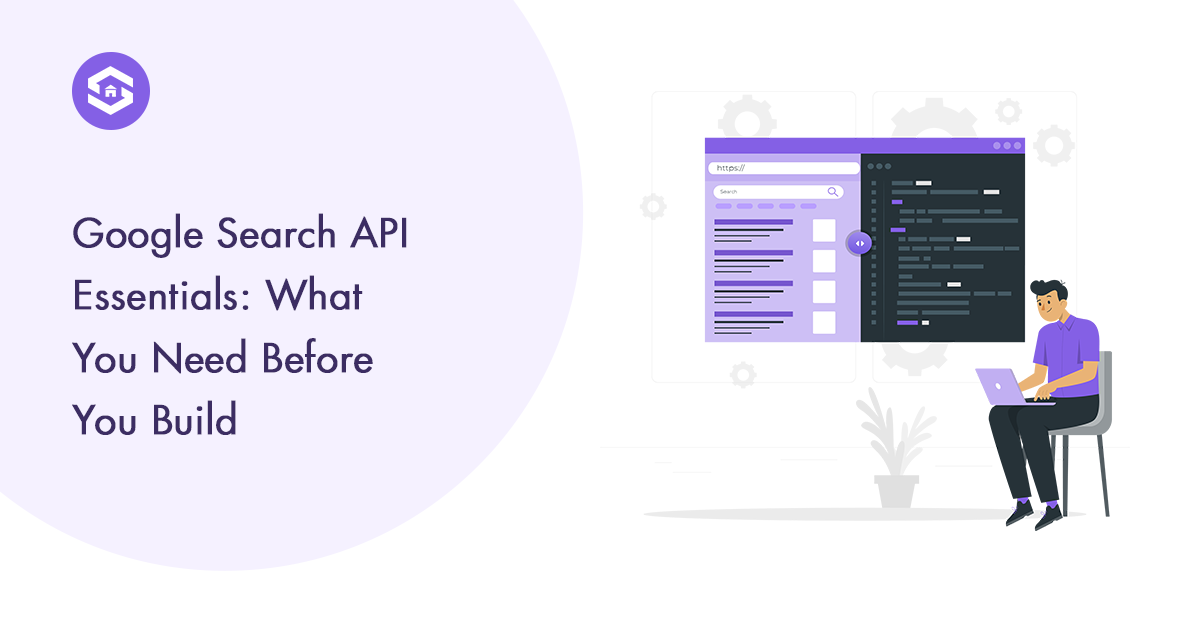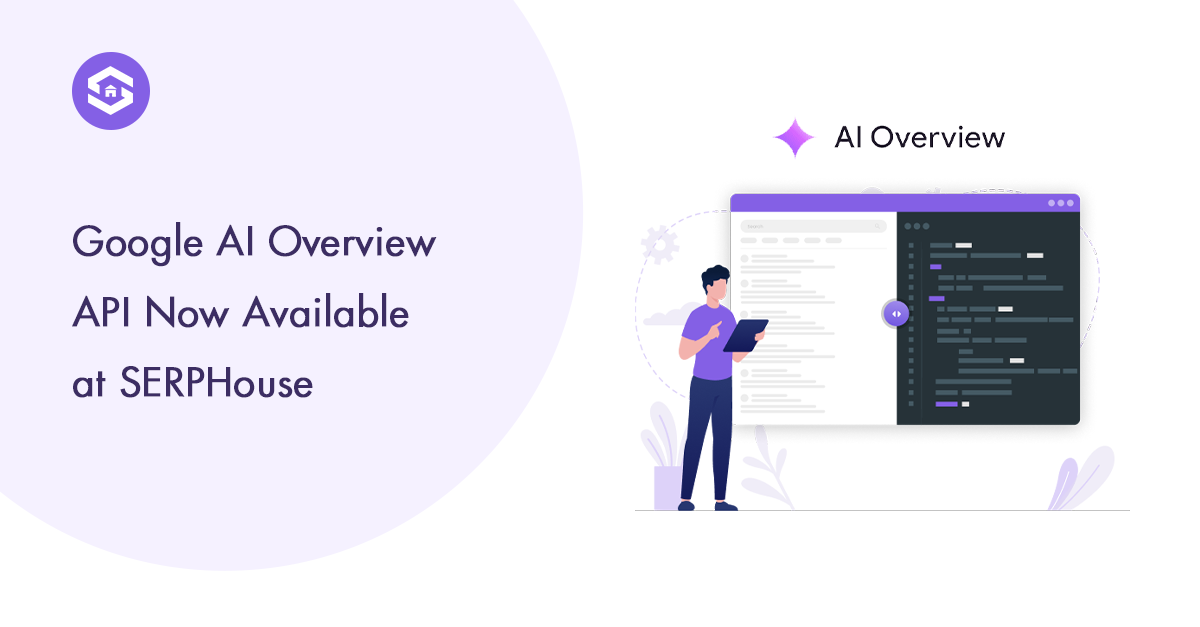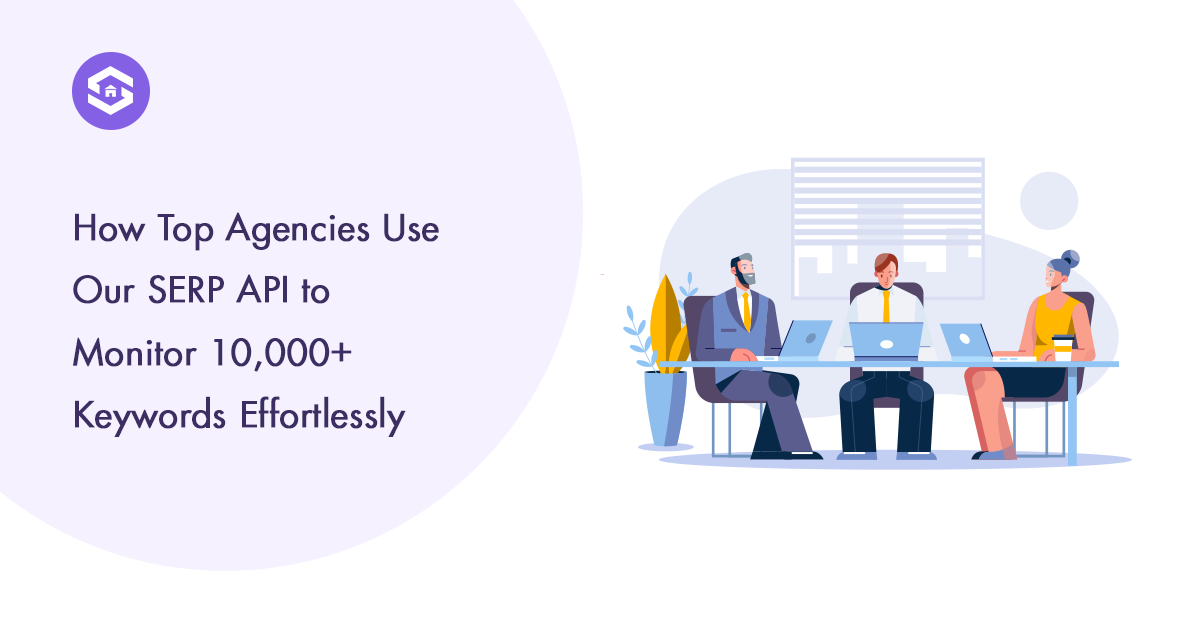Table of Contents
Table of Contents
Scraping Google data sounds simple enough at first glance, but in practice, it’s anything but easy. One moment, your scraper is running fine, and the next, it’s blocked by CAPTCHA or IP bans. For marketers, developers, or data teams, these interruptions waste time and destroy efficiency. The real challenge isn’t scraping—it’s doing it reliably, at scale, without constant fixes. That’s where a smarter alternative steps up. With our solution, you can scrape Google Data with our API quickly, accurately, and without worrying about proxies or maintenance headaches. It’s built to simplify your workflow and keep your data flowing freely.
Why Proxies Fail for Google Scraping
You’ve probably spent hours setting up a scraping project, rotating proxies like a pro. You hit start, thinking everything will run smoothly, and then two minutes in, you are blocked. CAPTCHA pops up, your IP flagged. All that work was wasted. It’s a frustrating reality for anyone trying to scrape Google data at scale.
Proxies can give a false sense of security. Google doesn’t just check your IP; it monitors how you behave. Scrape Google Data with Our API, and you avoid headaches over request speed, frequency, or your scraper’s browser fingerprint. If you send too many requests too quickly, Google notices, no matter how many IPs you spin up.
Shared proxies make things even trickier. Many scrapers rent public IPs, and if one user triggers a block, everyone using that same IP pays the price. It’s like being on a crowded bus; one person’s misstep and everyone feels the jolt.
Now, throw in geo-targeting: Google personalizes results by location, language, and device. If your proxy doesn’t match up, you may get the wrong data or trigger blocks even faster. Rotating IPs isn’t enough to look truly human.
Proxies sometimes work, but inconsistency is the norm. Blocks, CAPTCHA, and unreliable results become part of the daily grind. Understanding these limits is the first step; to scrape Google Data with our API is to leap past these hurdles. You get reliable access to Google results, no more wasted hours, no more uncertainty, just clean data delivered without the usual headaches.
Next, we’ll look at how our API solves these proxy problems and gives you the peace of mind that comes from scraping smarter, not just harder.
Common Challenges Scrapers Face
Scraping might look easy on paper. Open a site, pull the data, done. But anyone who’s tried it knows it’s rarely that simple.
The first headache? CAPTCHA and IP bans. Hit Google too fast, and suddenly your scraper is dead in the water. It’s frustrating because you’re just trying to collect insights, not cause trouble.
When you scrape Google Data with our API, you skip all that guesswork. It handles the heavy lifting behind the scenes, ensuring you get smooth, uninterrupted access to search data without constant blocks or interruptions.
Then there’s the nightmare of dynamic content. Many websites load data using JavaScript, meaning the information never actually appears in the raw HTML your scraper grabs. You might think you’ve pulled everything, only to realize half the results are missing. Our API processes dynamic content seamlessly, retrieving the complete dataset every time.
Rate limits add another layer of complexity. Send too many requests too quickly, and you’re blocked. Go too slow, and your process drags on forever. It’s a balancing act most scrapers struggle with. Using automation through our API eliminates that vulnerability; it intelligently manages requests to stay compliant while maintaining speed.
Even when data scraping works, accuracy can still trip you up. Google tailors results by device, location, and language, so what you see is rarely universal. You might scrape search results from one location but miss variations shown elsewhere.
With geo-targeting built in, you can scrape Google Data with our API from anywhere, accurately reflecting how users in different regions actually see results.
And finally, there’s maintenance. Websites tweak their code constantly. What works today can fail tomorrow. Staying ahead means rewriting scrapers, revalidating selectors, and fixing broken scripts. It’s tedious and time-consuming. Our API evolves automatically alongside SERP updates, meaning you no longer have to play catch-up with every site change.
Introducing Our API Solution
If you’ve ever dealt with proxy blocks, you know the pain. One moment, your scraper is flying, and the next, Google locks you out. That’s usually the point where people start looking for a cleaner, smarter way to get data.
That’s where our API steps in. It doesn’t try to dodge Google. It works with a smarter setup that handles the heavy lifting quietly in the background.
- No proxy juggling.
- No IP rotation stress.
- No fighting CAPTCHA at 2 a.m.
You make one request, and the API brings you clean, structured data titles, snippets, URLs, ads, maps, everything straight from Google.
It’s designed for real projects, not just experiments. Whether you’re tracking SEO data daily or powering a research dashboard, it delivers fast and stays consistent.
A few things people love about it:
- Every request is already optimized to avoid blocks.
- The data is fresh, complete, and formatted for direct use.
- You can scale it from a few queries to thousands without worrying about downtime.
And here’s the best part: you don’t have to maintain anything. No rotating IP pools, no monitoring logs, no fixing broken scrapers every week. You just build.
Key Features of the API
If you’ve ever tried tracking your brand’s rankings across multiple cities, say New York, London, and Sydney, without an API, you know it’s chaos. Tabs everywhere, loading delays, and data that’s already outdated by the time you pull it into a report. When you scrape Google Data with our API, that story changes completely. It streamlines your workflow, automating the entire process with speed, scalability, automated retries, geo-targeting, and real-time results, exactly what modern marketers need.
Speed
Every second counts in SEO reporting. Waiting minutes for a dataset can result in insights that are already stale. This API delivers fresh search results in seconds, making it perfect for live dashboards, client reports, or performance tracking under tight deadlines. It’s like having a runner who always brings you the latest news before anyone else hears it.
Scalability
Running ten queries is easy, but what about ten thousand? Scalability ensures the API can flex without breaking under pressure. Whether you’re a startup generating weekly reports or an enterprise pulling millions of SERPs, performance stays consistent. No lag. No downtime.
Geo-Targeting
Want to know what a user sees in Toronto, Tokyo, or a single postal code in Chicago? Geo-focused on helps you to simulate location-specific searches without wrestling with VPNs or proxies. For local search engine optimization specialists and global campaigns, it’s a right away line to hyper-local visibility.
Real-Time Results
No cached data. No delayed snapshots. Every response reflects the latest rankings as they exist at that moment. This immediacy keeps marketing decisions sharp and competitive strategies ahead of the curve.
Integrating the SERPHouse API into Your Workflow
Setting up a new tool can feel daunting, like unpacking furniture without knowing where to start. But integrating the SERPHouse API into your workflow is refreshingly straightforward. With just a few clear steps, you can go from sign-up to live SERP data in under 10 minutes.
Step 1 – Sign Up and Secure Your API Key
This key is your unique access pass to SERPHouse. After creating your account, copy it into a secure place, as you’ll include it in every request your application sends. Without it, the API won’t know you’re authorized to fetch data.
Step 2 – Select the Right Endpoint
Different endpoints give you different slices of SERP data, organic results, paid ads, featured snippets, or local packs. Choosing the right one ensures your workflow pulls only the data you actually need.
Step 3 – Set Your Request Parameters
Parameters customize your query: keyword, search engine, device type, language, and location. For example, you could request “best coffee shops” from Google mobile results in Sydney, in English, right now. This flexibility allows your workflow to produce highly targeted insights.
Step 4 – Test the Request
Use tools like Postman or even curl in your terminal to make sure your setup works. This test run helps validate that your endpoint and parameters are correct before building larger automations.
Step 5 – Automate Data Retrieval
Once tested, integrate the API into your preferred automation tool, n8n, Zapier, or direct code. Schedule recurring calls so SERP data flows into your reporting dashboards or spreadsheets automatically.
Step 6 – Store and Use the Data
The API returns clean JSON output, perfect for feeding into Google Sheets, databases, or visualization tools. From here, your workflow can calculate rankings, track changes, and send alerts without manual checking.
Pricing and Scalability
Every challenge starts small: a few keywords, a handful of customers, maybe a take a look at dashboard. But as your workload grows, you need an API that doesn’t slow down whilst your objectives speed up. That’s precisely in which the SERPHouse API sticks out: bendy pricing that scales results easily from solo developers to enterprise-level operations.
Flexible Plans Tailored to Your Growth
| Plan | Monthly Price | SERP Credits | Key Features |
| Free Trial | $0/month | 400 | Access to Google, Bing & Yahoo data, HTTPS encryption, up to 60 concurrent requests |
| Basic Plan | $29.99/month | 40,000 | 99.95% uptime SLA, 100% success rate, HTTPS encryption, priority support |
| Regular Plan | $49.99/month | 80,000 | Dedicated support, HTTPS encryption, 99.95% uptime SLA, 100% success rate |
| Custom / Enterprise | Custom Pricing | Unlimited | Account manager, tailored onboarding, integration support, and enterprise scaling options |
Built for Both Startups and Enterprises
If you’re experimenting with rank tracking or automating your first search engine optimization workflow, the Free or Basic plan gives you all the essentials, real-time SERP results, encryption, and dependable speed without overwhelming setup or price. It’s a great access factor to analyze the system and validate your thoughts earlier than scaling up.
But if you’re managing hundreds of clients or thousands of daily queries, the Regular and Enterprise tiers unlock advanced performance. You get dedicated infrastructure, faster processing, and custom concurrency so your scripts won’t crash mid-task. It’s the kind of scalability that keeps pace with serious agencies and SaaS platforms alike.
Pay for What You Grow Into
What makes this model refreshing is transparency. You’re not paying for inflated features you don’t use. As your workload increases, you can simply move up a plan or request a custom package tailored to your exact query volume and frequency. The billing stays predictable while your capacity expands.
Wrapping up, scraping Google data isn’t as simple as it looks. From IP blocks and CAPTCHA to dynamic content and rate limits, challenges abound. But when you scrape Google Data with our API, all these headaches fade away. The API gives speed, reliability, seamless geo-focused on, and smart retries, making your SEO data collection efficient and scalable. Whether you’re simply starting or dealing with enterprise-level monitoring, this tool turns a complex system into a clean, computerized workflow. It lets you focus on insights and strategy, no longer troubleshooting.

